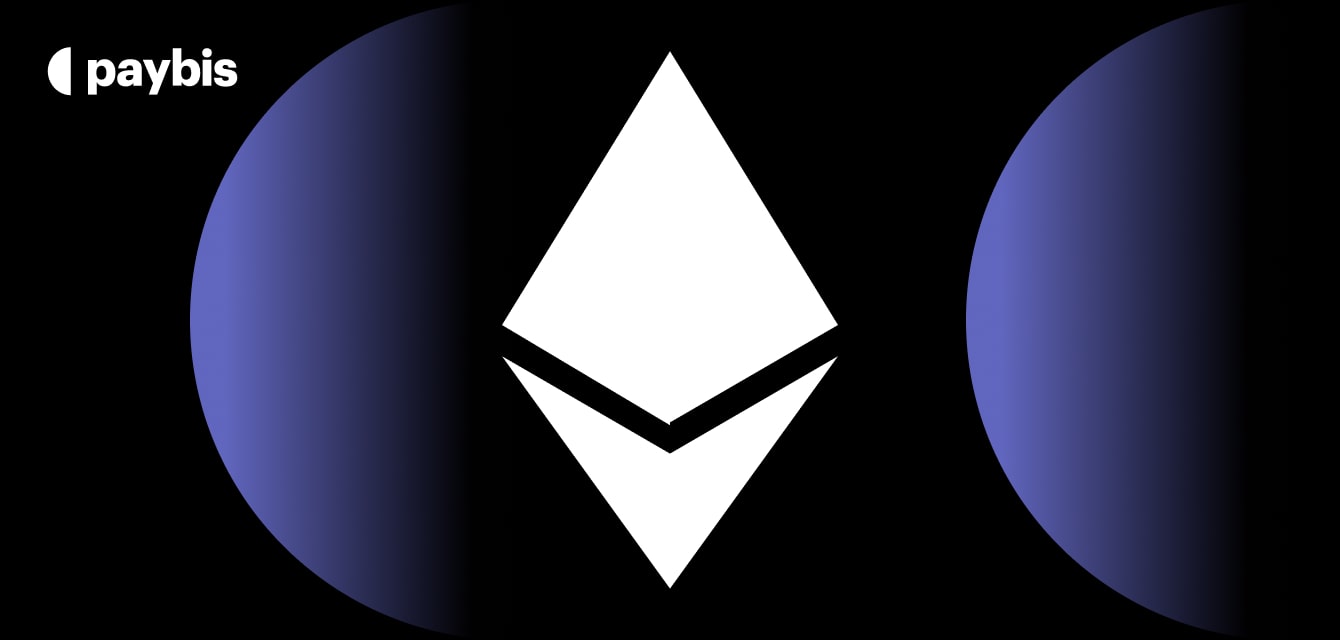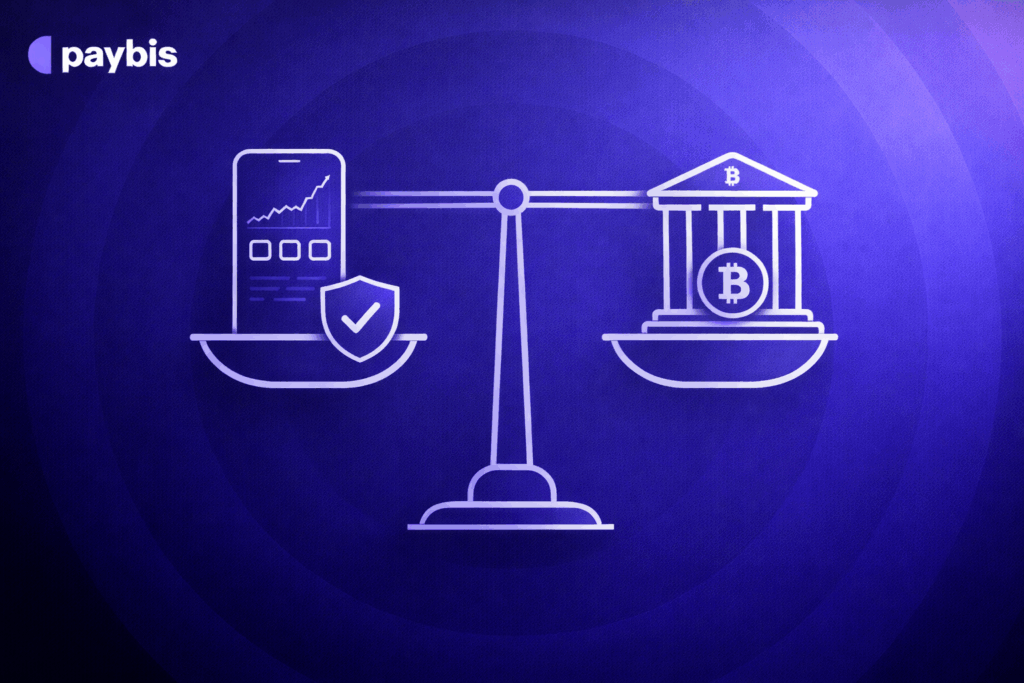How Many Ethereum Are There? Deep Dive Into ETH Supply
The cryptocurrency market is constantly evolving, and as investors and enthusiasts, it’s important to stay informed about the underlying factors that drive the value of these digital assets. One of the most crucial aspects to consider when evaluating a cryptocurrency is its supply.
For Ethereum, the second largest cryptocurrency by market capitalization, understanding its supply is fundamental given the recent shift to ETH 2.0 and the move to a proof of stake consensus mechanism.
In this article, we will dive deep into all aspects of Ethereum’s supply, including how many Ethereum are there, total supply, inflation, mining and staking, supply distribution, and any limitations to the supply.
We will also examine how these factors may impact the value and future of Ethereum in the context of post-merge Ethereum.
If you are unsure about what is ETH, read our blog on that.
Table of contents
Why Does Ethereum’s Supply Matter?
One of the deciding factors of whether to invest in ETH or BTC, particularly for beginner cryptocurrency investors, has been the maximum supply.
This is further reinforced by Bitcoin maximalists who have punched down cryptocurrencies that do not have a cap to their supply in the source code (inflationary currencies). Ethereum’s shift to proof of stake, however, completely changes this debate.
If you want to learn how many Bitcoins are left, we have a separate article.
Ethereum’s supply is a critical factor to consider when evaluating cryptocurrency. It will help you understand how scarce the asset is and how much of it exists relative to demand. A lower supply relative to demand can lead to higher prices as more people attempt to buy a scarce asset. Conversely, if there is an abundance of coins relative to demand, prices could fall as buyers are unable to drive up prices due to the lack of scarcity.
So, how much Ethereum is there currently?
How Much Ethereum Is There? Breaking Down Ethereum’s Supply and Inflation
The total supply of Ethereum is the maximum amount of Ether that will ever exist. As of February th, 2025, the total supply of Ethereum is currently 120.54M ETH in the circulating supply.

Stats about ETH (image source)
It’s important to note that the Ethereum total supply (or Ethereum max supply) is different from the circulating supply. The circulating supply refers to the amount of Ethereum currently in circulation and available for trading on the market.
Practically, the circulating supply is always less than the total supply, as some Ethereum may be lost through forgotten private keys or other factors. Theoretically, however, these two are considered equal because there is no surefire way of knowing the exact circulating supply.
It’s also worth noting that the total supply of Ethereum is different from the maximum supply. ETH is inflationary, meaning new Ether is regularly added to the total supply.
However, the Ethereum network has undergone changes since its shift to proof of stake, which may impact its inflation rate.
Before The Merge, new ETH was generated from two sources: the execution layer (i.e., Mainnet) and the consensus layer (i.e., Beacon Chain). Since the network’s shift to Proof of Stake, though, issuance on the execution level has completely ceased. This brought down the daily issuance of ETH from 13,000 to about 1,700.
Further, when Ether is used to pay for gas, it is burned, which means it is removed from the total supply. This process is known as “Ethereum monetary policy,” and it was established to control the inflation rate of Ether by introducing a deflationary mechanism.
The network has an adaptive yield demand curve. In this, the network’s goal is to strike a balance between providing enough new Ether to incentivize validators to secure the network while also controlling the rate of inflation to ensure the value of Ether does not decrease too rapidly. This is known as the “minimum viable issuance.”
In this system, the number of ETH minted will be determined by the number of validators, and the rate of inflation will decrease over time as network activity increase. The exact speed at which the inflation will fall is not fixed, but it’s currently expected to drop to about 0.52% per year.
With enough network activity (when the gas price is more than 16 gwei), the number of ETH burned could be greater than the number of ETH minted, making it deflationary.
How Many Ethereum Coins Are There (New) Everyday?
Since Ethereum switched to proof of stake, the number of Ether minted per day has decreased significantly. Now, roughly 1,700 ETH are issued every day.
Before the Ethereum network’s transition to proof-of-stake, the Ethereum blockchain was based on a proof-of-work consensus mechanism. Under this system, new Ethereum was minted through a process called mining, where miners competed to validate transactions and add new blocks to the blockchain.
Under the proof-of-work system, the block reward for mining was fixed at 2 Ether per block. Given Ethereum’s block time (the frequency at which new blocks are added to the chain) of about 13 seconds, the total ETH minted per day was about 13,000.
The reason for the reduction in the amount of ETH issuance is due to the fact that mining consumes a lot of resources; electricity, the initial investment in hardware, and the time needed to mine. Therefore, more ETH had to be issued for miners to stay incentivized. Now that the Ethereum network switched to PoS, miners are no longer needed, the resources required to maintain the network are much lower, and so the number of new Ether issued per day has decreased drastically.
Who Owns The Most Ethereum?
It’s difficult to say precisely who owns the most Ethereum, as the ownership of cryptocurrency is often anonymous and can be spread across multiple addresses.
The first assumption by most is Vitalik Buterin, the founder and primary contributor to the project. But that assumption is likely false.
So, how many Ethereum does Vitalik own?
In October 2018, Buterin revealed his ETH public address on Twitter, where he claims to have made “All of the large trades.” Upon checking the public address on Etherscan, we can see that Vitalik owns just over 0.53 ETH (at the time of writing).
Vitalik Buterin revealed his ETH public address on Twitter. (image source)
Nevertheless, this figure may not be accurate as the majority of experienced cryptocurrency investors usually spread their funds across multiple wallets and exchanges. So, it’s impractical to find out exactly how much ETH Buterin really owns.
However, there are a few known entities that are believed to hold large amounts of Ethereum.
One of the largest known holders of Ethereum is the Ethereum Foundation, which was established to support the development of the network. According to the foundation’s annual report for 2022, it holds 0.297% of the total ETH supply, which is over 99% of its treasury.
Another major holder of Ethereum is cryptocurrency exchanges, which hold significant amounts of Ethereum as part of their assets to facilitate trading and other transactions. These exchanges include Binance, Kraken, Bitfinex, and others.
There are also a number of large holders that are believed to be early investors in Ethereum or have been accumulating large amounts of Ethereum over time. Several individual holders own a large amount of Ethereum, but it’s hard to determine who they are as the ownership of cryptocurrency is often anonymous.
Conclusion
From the time Ethereum moved to proof of stake, its inflation has drastically reduced. The locking up of ETH in smart contracts because of staking has also helped curb the selling pressure of the coin dramatically.
All of this, along with an active community of developers constantly working to propel the project, has made Ethereum a fundamentally strong project and given investors all the more reason to buy ETH.
We hope this article answers how many Ethereum tokens are there and how its supply is changing. So, continue to do your research, learn more about the project and plan well before actively investing into Ethereum.
FAQ
How many Ethereum nodes are there?
At the time of writing, there are over 50,000 Ethereum validator nodes spread all around the world. To spin up a validator node, you would have to stake a minimum of 32 ETH.
How many cryptocurrencies are there?
About 22,000 different cryptocurrencies, including meme coins, governance tokens, and stablecoins. That’s how many cryptocurrencies are there.
How many Ethereum can be mined in a day?
Zero. It is not possible to mine Ethereum anymore as the network has shifted to a proof of stake consensus mechanism. The number of ETH minted per day is about 1,700.
Is Ethereum limited in supply?
No, Ethereum does not have a cap in supply. Hence, it could be unlimited. However, the circulating supply of ETH could begin to deplete as more ETH is burned than it is produced, which is possible during times of high network activity.
How many Ethereum holders are there?
There are about 220 million unique Ethereum wallet addresses. Since, an individual can own more than one wallet, the total number of Ethereum holders are less than 220 million.
Disclaimer: Don’t invest unless you’re prepared to lose all the money you invest. This is a high‑risk investment and you should not expect to be protected if something goes wrong. Take 2 mins to learn more at: https://go.payb.is/FCA-Info






